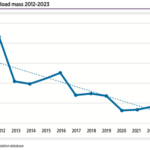Interactive Tables and Charts
Data Infrastructure
U.S. spaceports hosting successful orbital launches, 2014-2023
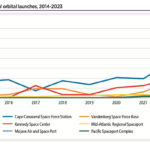
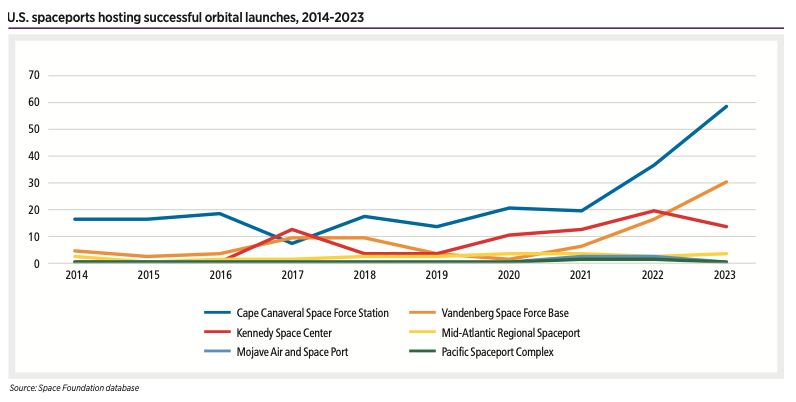
Launch services conducted 83 launches from Vandenberg and 72 from Kennedy, while Virginia’s Mid-Atlantic Regional Spaceport (MARS) at Wallops Island performed 19 launches.
Cape Canaveral customer mission share 2014–2023
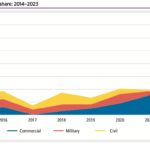
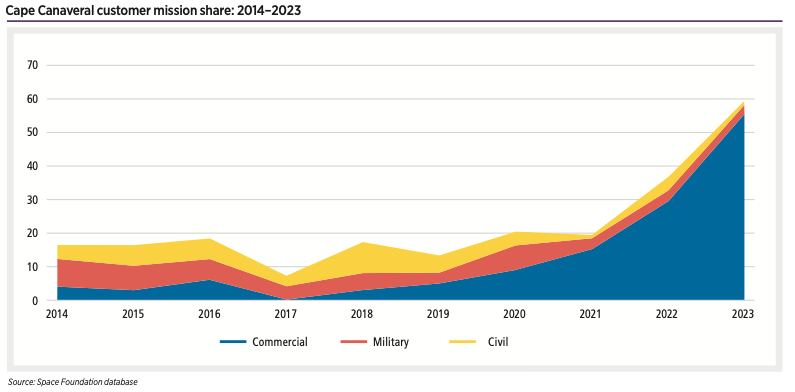
Launches from Cape Canaveral were military-focused for the first few years, with civil missions not far behind.
Satellites lost by launch operator country and type, 2003-2023
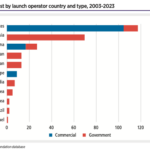
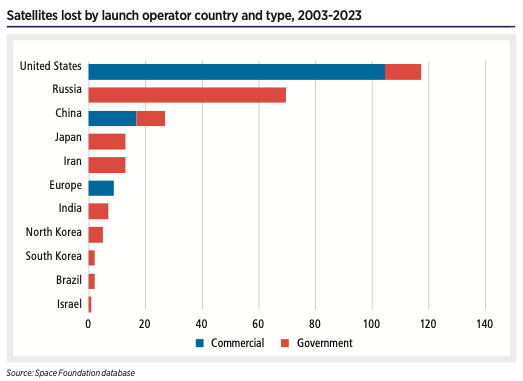
Despite the rising number of lost payloads, satellite operators are getting better at mitigating the harm done to their mission by a launch failure.
Launch service launches from Cape Canaveral and Vandenberg 2014-2023
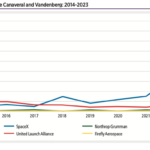

Launches from the Cape and Vandenberg have increased primarily due to one launch service provider: SpaceX.
January, February launches by nation, 2024
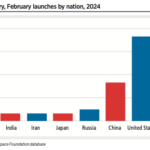
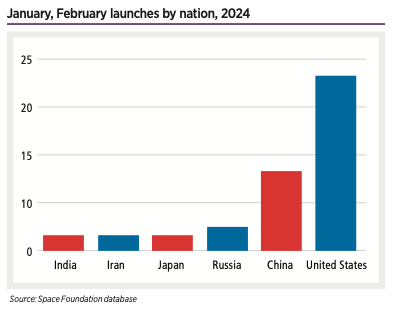
January, February launches in 2024 put the planet in line for the busiest year in space, averaging a launch to space every 32 hours.
Average payload mass 2012-2023
Launch Attempts and Deployed Payloads, 1983-2022
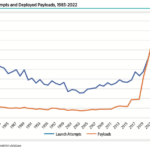
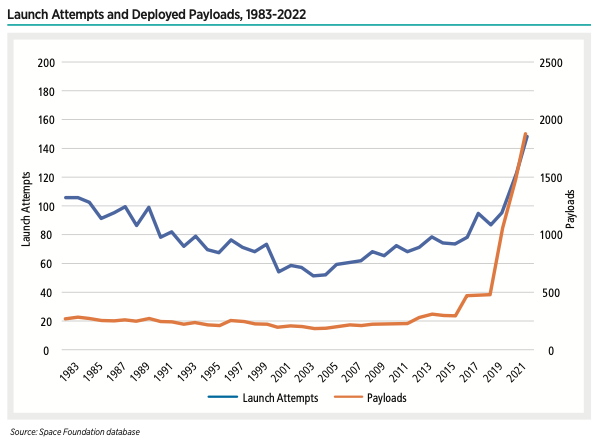
Two items stand out as primary examples of astronomers’ concerns: the SpaceX Starlink constellation due to its number of satellites and AST SpaceMobile’s BlueWalker 3 satellite due to its size — 693 square feet6 — which ranks as the largest commercial communications array in space.
Launch Failure Rate 2019-2023
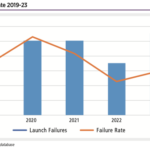

The frenetic pace of launch in 2023 also brought a higher number of launch failures, with 11 rockets failing to make orbit, of them in spectacular fashion.
Launch Attempts by Country and Category, 2023

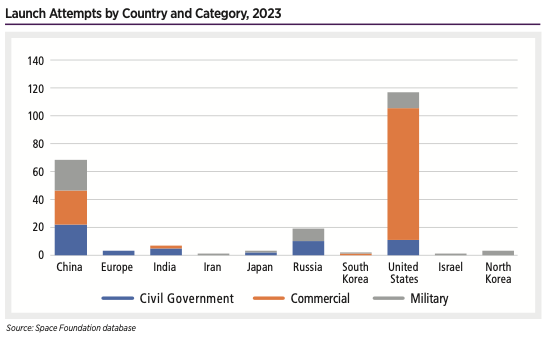
The United States launched 11 military missions in the year, including payloads for the National Reconnaissance Office and a new generation of small communications satellites for the Space Development Agency. Russia launched 10 civil government missions in 2023, including Soyuz launches to send crews to the International Space Station, which remains one area of cooperation between the Kremlin and NASA. India made headlines with its successful launch of a lunar probe while the European Space Agency, awaiting its new Ariane-6 launch vehicle, launched three spacecraft including its Euclid space observatory.
Launch Attempts by Category, 2014-2023


Commercial launches represented 54% of all 2023 launches. Over the past decade, the number of commercial launches has seen a six-fold increase while military and civil government missions have stayed comparatively flat.
